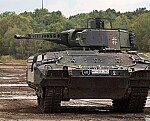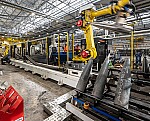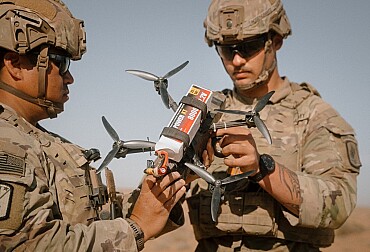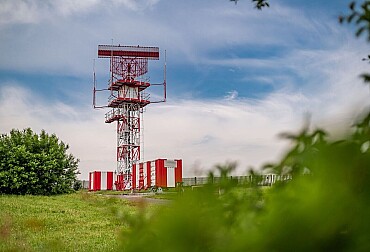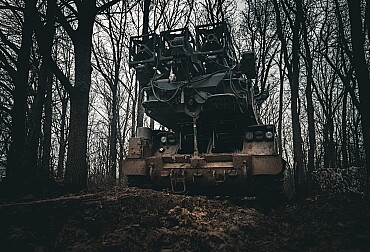Why is Russia afraid to deploy its most advanced T-14 Armata tank in battle?
As the conflict in Ukraine continues, Russia's most advanced main battle tank, the T-14 Armata, remains conspicuously absent from the battlefield. Despite being nearly three and a half years into the invasion, the T-14 has yet to make its debut, even on a limited basis.
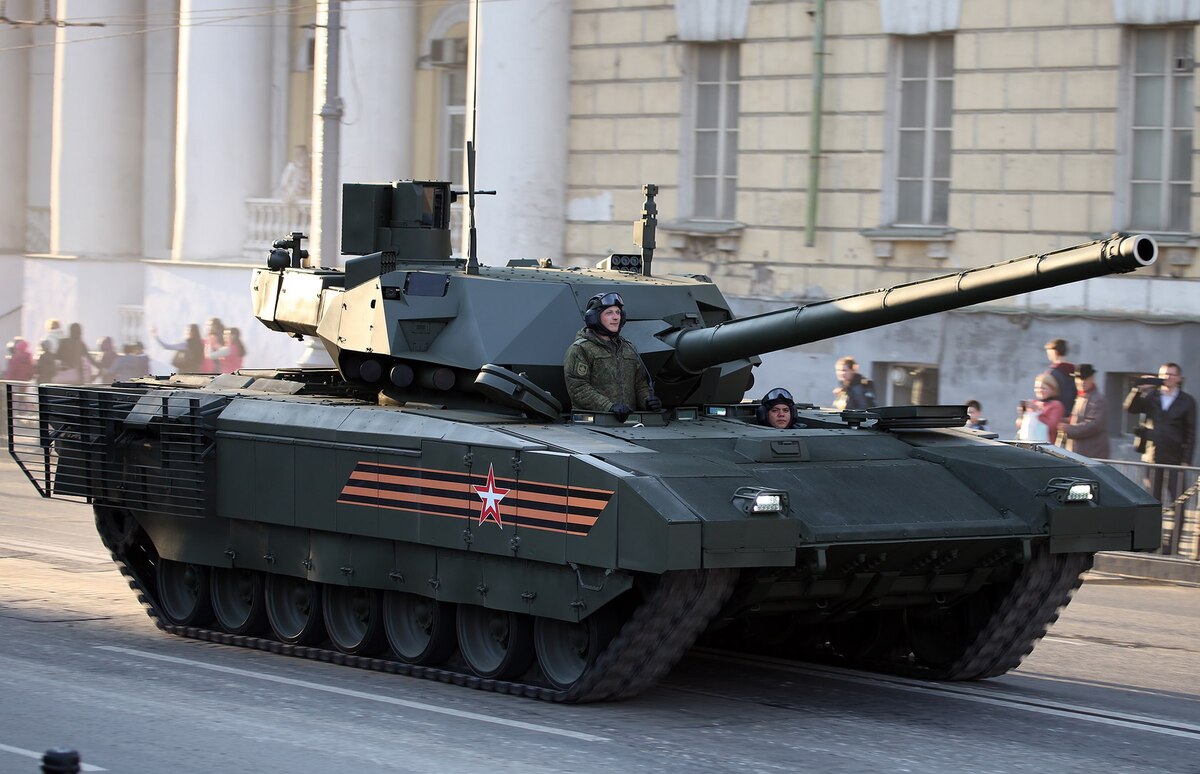
Reports from The National Interest suggest that Russian officials might be intentionally withholding the tank from combat. The fear is that exposing the T-14's real-world performance—or potentially its flaws—could deter foreign buyers from investing in the platform. Sergei Chemezov, head of Russia's state defense conglomerate Rostec, acknowledged last year that the Armata is "a bit expensive." He described it as "the most revolutionary tank of the past decade," yet he conceded that its advanced functionalities make it too costly for the Russian Army to prioritize over other models. Consequently, Moscow continues to focus on the production and deployment of the modernized T-90M tank.
The T-14 Armata was first unveiled during Russia’s 2015 Victory Day Parade in Moscow, capturing global attention with its advanced features. The tank boasts an unmanned turret, an armored crew capsule, and the Afghanit active protection system, innovations that impressed analysts at the time.
However, a decade later, the T-14 is no closer to combat deployment than when it first paraded through Red Square. The program faces significant challenges, including high costs and technical difficulties, with fewer than 20 units reportedly delivered. Russia's defense industry has struggled with developing a new powerplant for the tank, integrating modern electronics for its weapons systems, and producing next-generation tank guns and ammunition. These technological gaps have hindered the Armata from achieving its conceptual advantages on the battlefield.
Some analysts have suggested that the T-14 was always "an exercise in smoke and mirrors," while others believe the tank's complexity is beyond the capacity of Russia's industrial base to support in large numbers. The ongoing war in Ukraine has underscored these limitations. For now, the Armata remains more a symbol of Russian ambition than a functional battlefield asset, likened to "rotting on the roadside" alongside other tanks immobilized in the mud.
As Russia grapples with bringing the T-14 into full production, Western observers note that U.S. and European designers may eventually pursue similar concepts for next-generation tanks. The crucial difference, however, lies in their ability to build upon an existing technological base, rather than relying on "paper promises."
This article provides a comprehensive overview of the current status and challenges facing the T-14 Armata tank within the context of the ongoing conflict in Ukraine.



